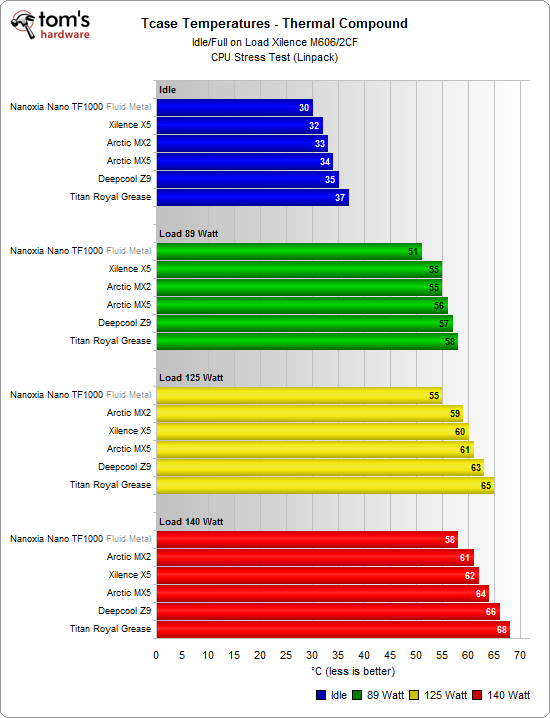How To: Properly Plan And Pick Parts For An Air-Cooled PC, Part 2
After discussing the theory of PC cooling, in Part One, we now move on to technology and implementation, discussing case fans, CPU coolers, and thermal grease. We even wrap up with a recipe you can use if you fail to cool your PC properly.
CPU Coolers: The Right Thermal Paste
Is There Such A Thing As The Perfect Thermal Paste?
From the user’s perspective, we have to answer this question with an emphatic no. There are suitable and unsuitable, bad, run-of-the-mill, and excellent thermal pastes. Certain options are suitable for specific scenarios and a range of budgets.
There are two common categories of thermal compounds: metal-based and metal-free, each of which can be liquid, creamy, or almost solid. Specialty products like nano pastes, liquid-metal pads, and metallic liquid are intended for professionals with skills, experience, and occasionally even nerves of steel.
For the beginner, the number of options that are both easy to use and completely effective seems to be quite narrow. Based on our experience, the best pastes for a neophyte are the simple, semi-liquid ones. It doesn’t matter whether the paste is silver-based or loaded with nano ceramics. The achievable cooling performance is quite similar.
In order to test one high-end paste from the liquid-metal family, we had to replace Xigmatek's Aegir on our test bench, since liquid metal pastes cannot be used on a cooler with exposed flat heat pipes. This is due to the exposed aluminum.
Thus, we picked the Xilence M606 (which features fairly similar performance) teamed with the 2CF cooler, and tested a few of the currently-available thermal pastes.
Test Results for Six Thermal Pastes
Get Tom's Hardware's best news and in-depth reviews, straight to your inbox.
Once again, we are using the test rig from Part 1 of this short series and an old AMD Athlon 64 FX-62 processor, which can operate at three distinct power levels. This processor makes it easy to evaluate paste performance at different thermal power levels. The test bed's case is closed, its power supply is at the bottom of the enclosures, and the case fan arrangement leads to negative air pressure (fans on top and in front).
Not unexpectedly, we see that the high-end paste achieves lower temperature than the solutions we'd consider ideal for beginnings by a margin of 3 to 5 kelvins.
It is worth mentioning that you can easy erase any benefit inherent to an enthusiast-class thermal compound by handling and applying it improperly. On the other hand, if you use a mainstream product properly, it'll give you solid results.
The Xilence X5 and the Arctic MX2 are both non-conducting liquid pastes, which can be applied and spread easily. Below 100 W thermal power, the X5 slightly beats the MX2. Above that, the picture changes and the MX2 takes the lead. But keep in mind that differences of 1 kelvin can barely be measured consistently anyway. Both products are inexpensive and easy to use. Since the Xilence X5 is also suitable for graphics cards, we chose the inexpensive X5 as a reference for other tests and recommend it.
The enclosed spatula is suitable for spreading the paste, but in the next section we will illustrate an even simpler and cleaner way.
Current page: CPU Coolers: The Right Thermal Paste
Prev Page CPU Coolers: Selection And Installation Next Page CPU Coolers: Applying Thermal Grease
Igor Wallossek wrote a wide variety of hardware articles for Tom's Hardware, with a strong focus on technical analysis and in-depth reviews. His contributions have spanned a broad spectrum of PC components, including GPUs, CPUs, workstations, and PC builds. His insightful articles provide readers with detailed knowledge to make informed decisions in the ever-evolving tech landscape



